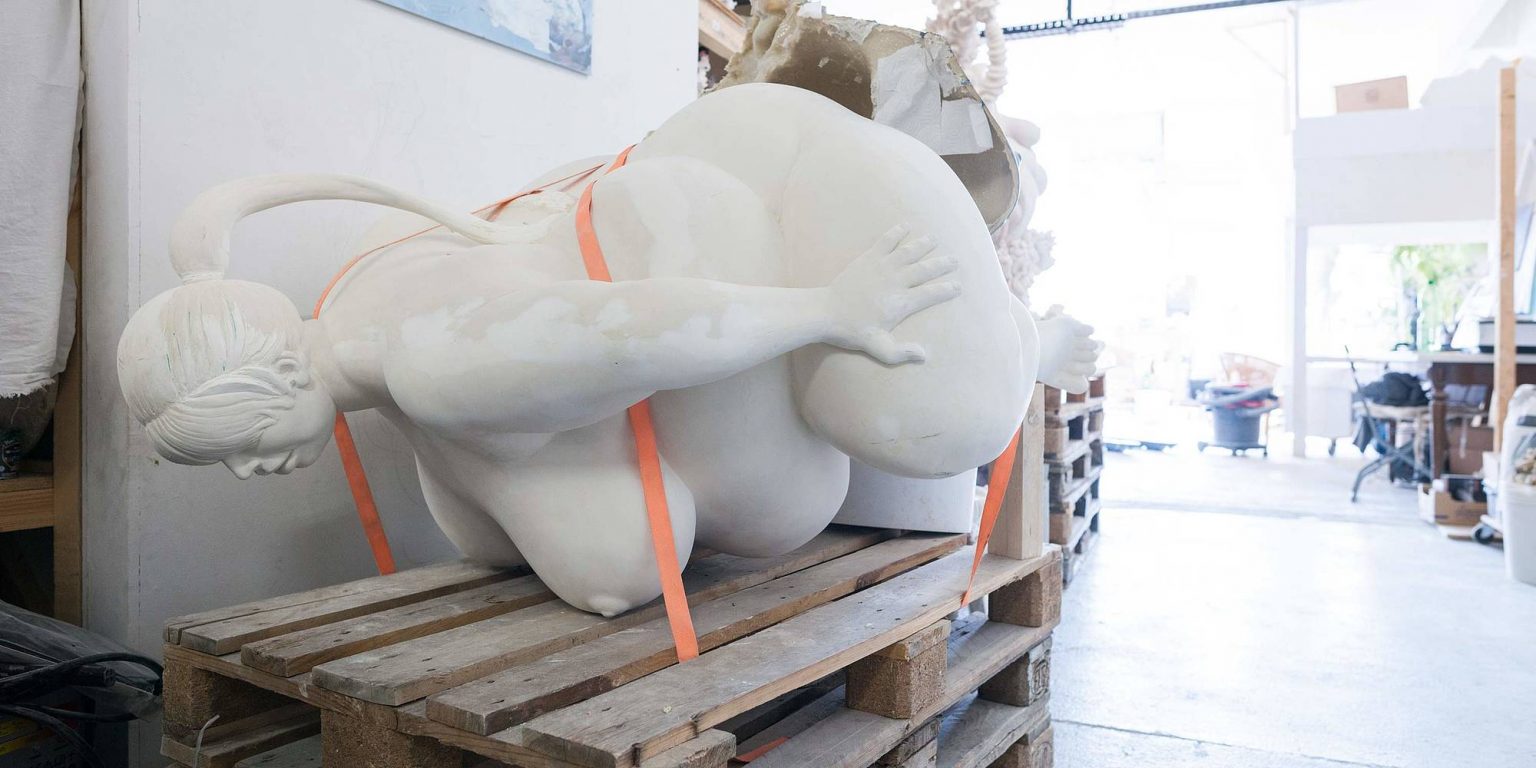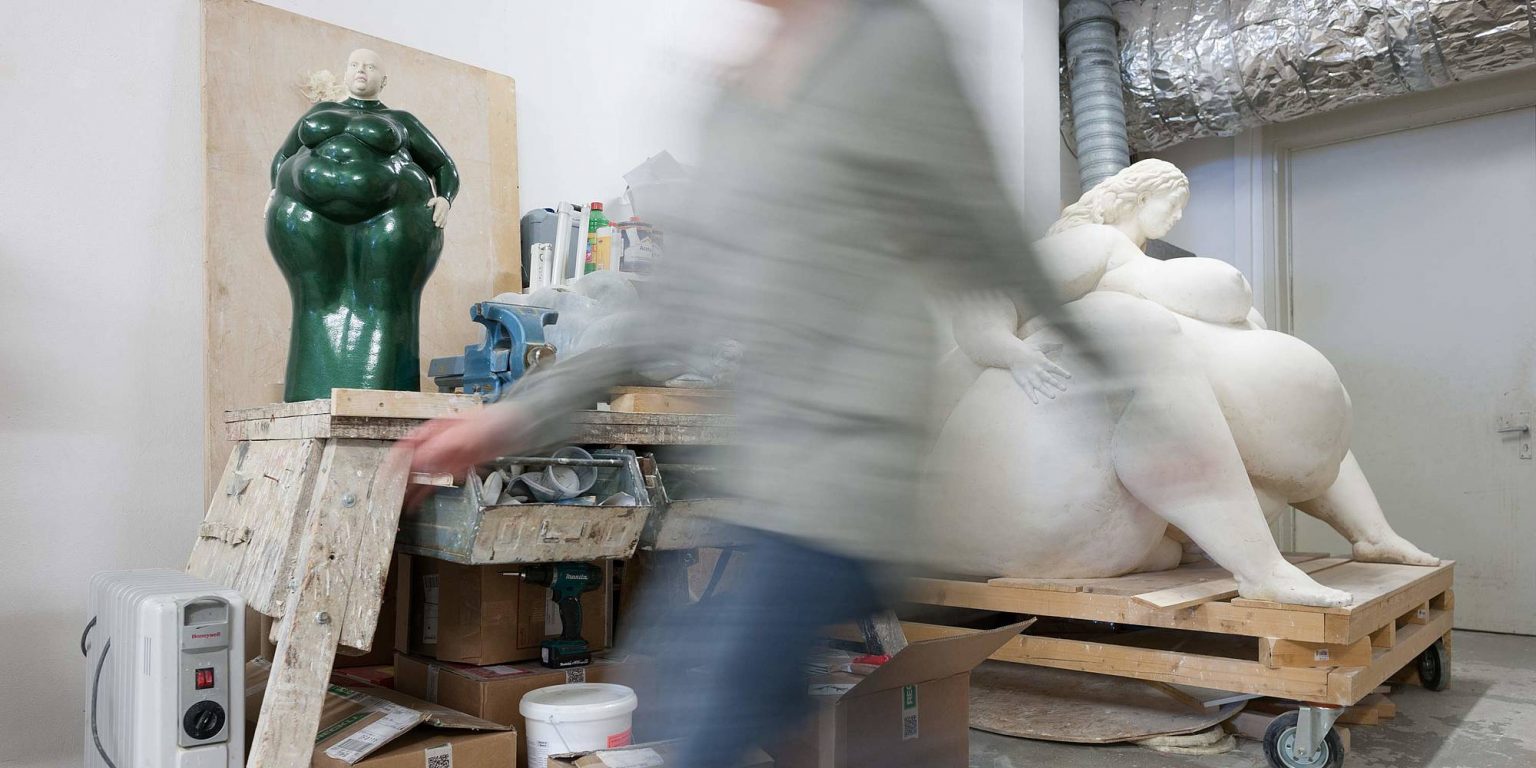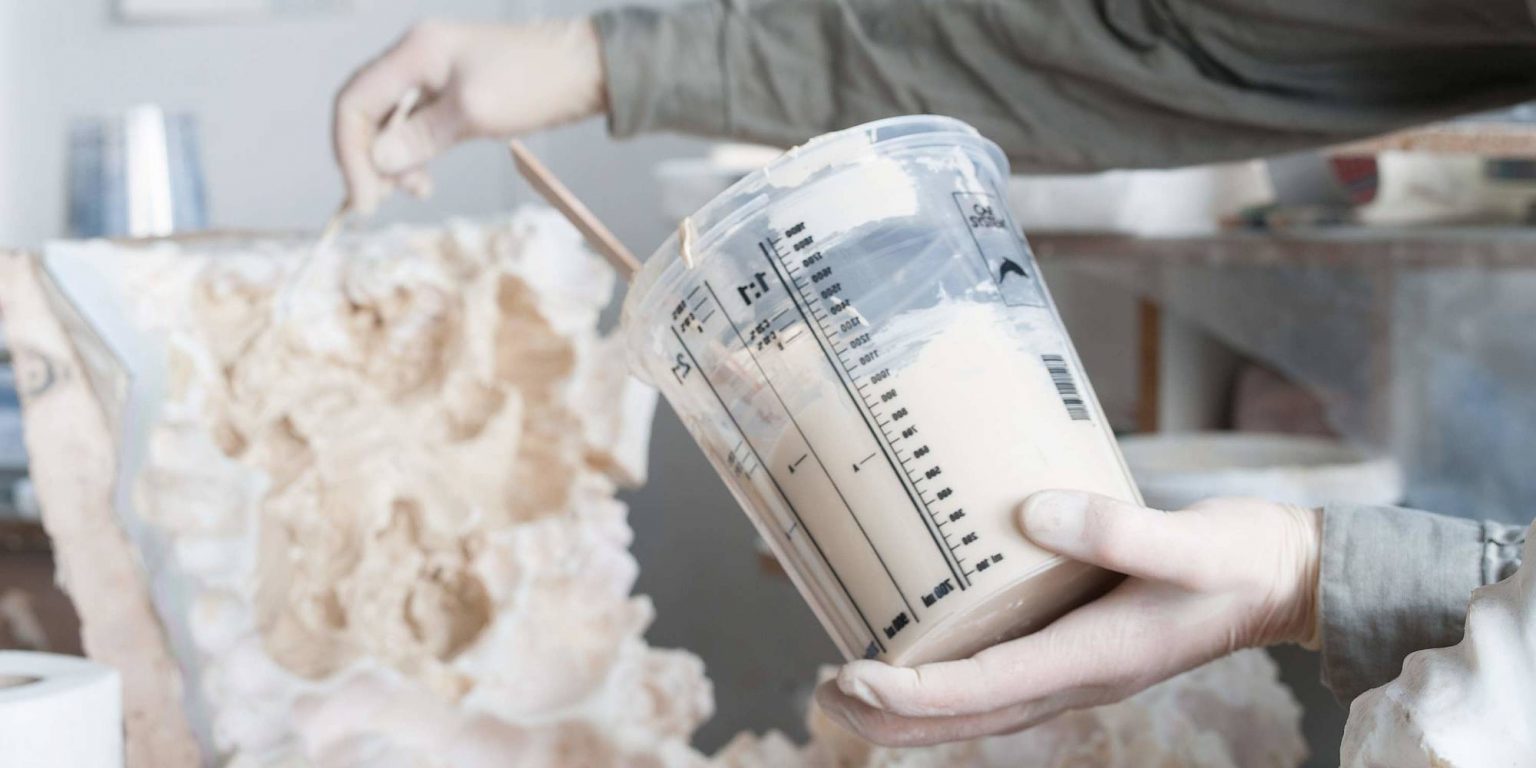
Stories
Hard Shell, Soft Shapes
For 100 years, polyester, polyurethane, acrylic glass, silicon and epoxy resin have been an integral part of sculptural art. Berlin artist Miriam Lenk uses RECKLI epoxy resin to create impressive works of art. A visit to her atelier.
It projects over 3.2 meters into the sky and presents the viewer with its luxuriant swollen naked body. The Janusfee sits enthroned on a vineyard near Dresden, doing its name justice. Not only does it feature two mouths, but also two pairs of breasts. Only the double face that inspires the term ‘Janus-faced’ is missing. It is not only this omission that gives the sculpture an air of mystery. The detailed images of small figures and plants that trail around the voluptuous torso also draw the eye.
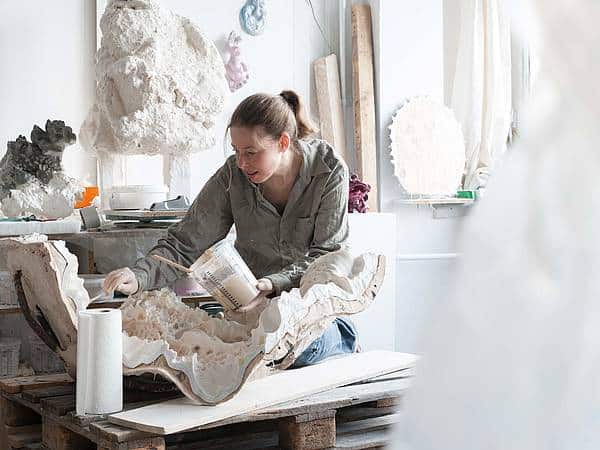
The Janusfee was created in the atelier of Berlin artist Miriam Lenk, where she created her lavish shapes using silicon and epoxy resin supplied by RECKLI. From twenty centimeter small clay models to the three meter high sculpture made from epoxy resin, it was a long – in this case, nine months – and arduous path. In Lenk’s atelier, there are traces of this process at every turn: a positive form was first created from clay. To create the negative form, the clay figure was painted with RECKLI silicon to create a five millimeter thick layer. Lenk used one hundred kilograms of this honey-like material to create the Janusfee. The material for the negative form has to fulfill exacting standards. On one hand, it has to be flexible enough to be easily removed from the positive but on the other, it cannot deform when the casting material is added. The casting material in this case was 140 kilograms of RECKLI epoxy resin, mixed to a ratio of 4:1 with a hardening agent. Pieces of fiberglass matting are soaked in this solution, and the negative form is then covered with four of these layers. After around one day of drying, the plastic can be further processed. It takes a lot of physical effort to assemble the individual elements to create the final sculpture. Finally, the sculpture is delicately sanded and colored with alkyd resin varnish.
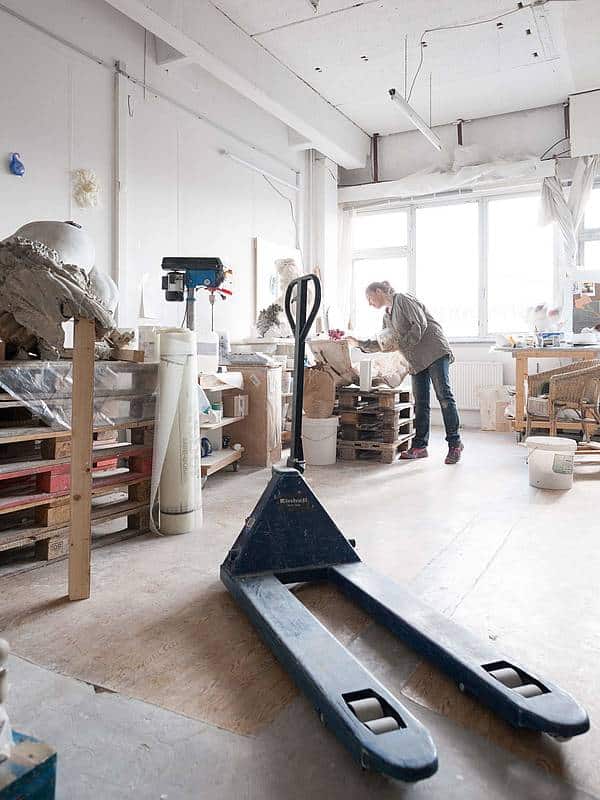
Epoxy resins are tried and tested when it comes to sculptural art: they are highly resistant to water and chemicals, are very strong, hardly shrink and are considerably less odor-intensive than other materials such as polyester resin. They can be easily used to create durable or malleable shells. Thin walled structures benefit especially well from this combination, as delicate and sheer objects can be created. They are also weather-resistant, making them ideal for art to be displayed publicly.
Lenk loves “Epoxi” for its “unbeatable combination of stability and weight”: the material is lightweight and yet durable and robust – she hits a sculpture with her hammer to prove her point. Aside from that, epoxy resin is considerably cheaper than bonze. As it’s so light, you can handle it alone – a big benefit when it comes to Lenk’s expansive works.
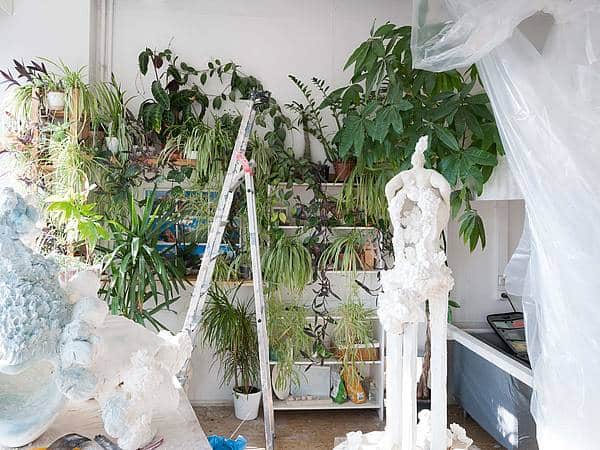
The artist is not on a mission to create pretty, people-pleasing art. Her voluminous female figures tend to cause contention, and divide opinion. Her dedication to creating unusual female forms began in 2008 with Yolanda, who found a home in front of the Berlin Investment Bank. Back then, Lenk was still a student at the University of Fine Arts in Dresden. Yolanda was designed with expansive hips. The fact that she ended up with over a ton of clay on her hips was a “magical process” according to Lenk. Suddenly, she had turned her thoughts and feelings into this huge amount of clay, so that “she became a tactile reality,” said the artist. She felt that this would become her future form language: female bodies that defy the familiar beauty standard with their exuberant corporeality. Lenk’s typical combination of opulence and playful detail is described by her professor as “Barock Pop”.
Yolanda and her successors were all oversized, yes, but they complied with human anatomy. The high point and end point of this development was Cumulus, a room-filling nude that is enormous, provocative and, at the same time, engaging. It is difficult to withdraw from this intense piece of art. In the meantime, Lenk’s sculptures have become more delicate, more vegetative; they are visibly incorporeal. Certain anatomic details are missing, while mouths, stomachs or genitals become more plastic.
Currently, Lenk is working on a 3.8 meter high column. A collage of abstract plants, hybrid body shapes and metal structures, again made using RECKLI silicon and epoxy resin.
Milestones “Plastic in Plastic Art”:
1916 Russian artist Naum Gabo created the first sculpture made from the plastic rhodoid. The cubist plastic head carried the title “Tête No. 2”.
1937 Moholy-Nagy founded “The New Bauhaus” in Chicago. He created three-dimensional objects using transparent plexiglass.
1948 French painter and artist Samuel Guyot, named Saint-Maur, created the world’s first polyester resin artwork, “Femme assise”.
1958 German artist Uli Pohl was the first artist to create light plastic sculptures made from compact acrylic glass blocks.
1961 The Toulouse Plastic Museum hosts the “First International Exhibition of Paintings, Sculptures and Decorative Art Objects in Vinyl and Polyester”.
1968 Christo Jawaschew and his wife Jeanne-Claude installed their “Air Package” on August 3rd in Kassel. It was the largest inflated piece of art without an inner structure at the time, and was made from PVC-coated Trevira fabric.
1998 As part of the opening of the German Plastic Museum in Düsseldorf, the special exhibition “Art and Plastic” opened on October 22nd.
2009 From October 20th 2009 to January 24th 2011, the Cologne Museum for Applied Art held an exhibition named “Plastic: Material Revolution for Design + Art”.
